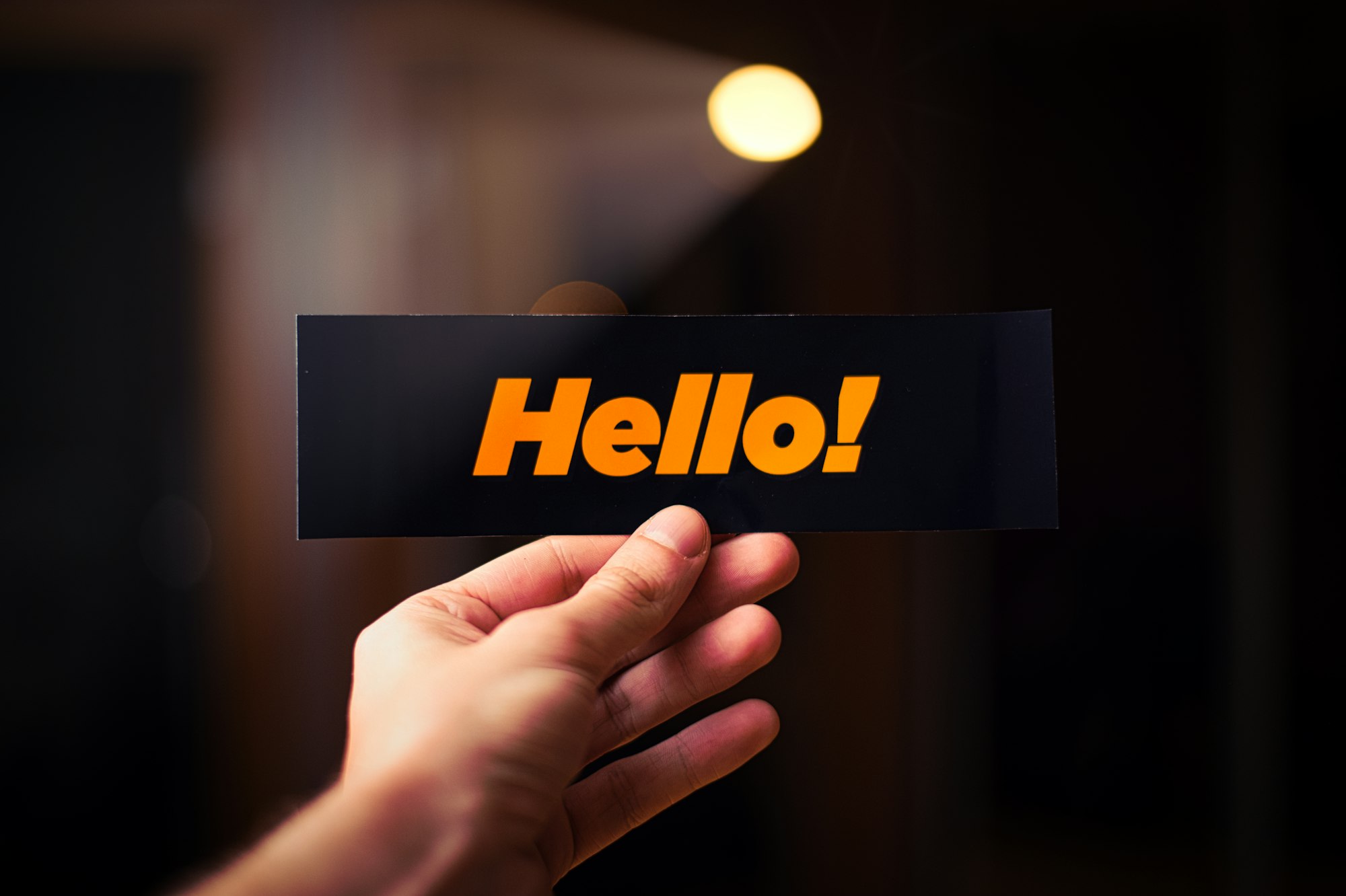You may have heard 안녕 (an-nyeong) in Korean dramas, Korean songs or from your friends. But, did you know it would be rude to say 안녕 (An-nyeong) to someone you're meeting for the first time?
The first thing you need to learn about Korean is there are strict politeness levels in the language. Korean culture puts huge importance on age and status. It's known as a hierarchical language. Koreans value age and status so much that you need to use different words depending on age.
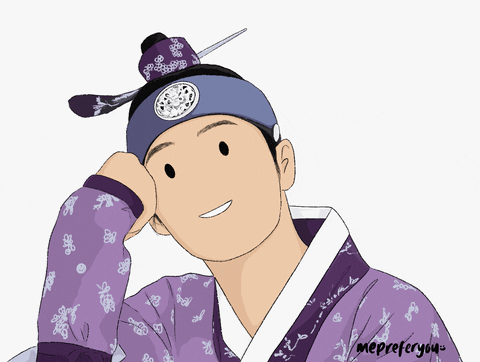
For example, if you're 20 years old and you're talking to someone who is 30, you would both use a different version of the word 'hello'. There are actually 3 speech levels you need to learn: polite, formal, and casual.
In the following post, I've listed out the standard, formal, and casual versions of each greeting. It's important to learn the differences because otherwise you might offend someone or even embarrass yourself!
Standard 'Hello' in Korean
1) 안녕하세요 (an-nyeong-ha-se-yo) - Polite
This is the polite way to say 'hello' in Korean. If you learn only one way to say 'hello', you should learn 안녕하세요 (an-nyeong-ha-se-yo) because you can use it in all situations.

It's totally fine to use 안녕하세요 (an-nyeong-ha-se-yo) when meeting new people, greeting a teacher, or colleague and almost any other situation. However, if you have a friend your own age that you are close with, you will stop using this polite speech level.
If you use 안녕하세요 (an-nyeong-ha-se-yo) with your close friends, you may come off as distant, or cold. They may think, "Why are you being polite to me like that? We're still close friends, right?" Once you become close with a friend who is a similar age to you, you should use this next Korean greeting, 안녕 (an-nyeong).
2) 안녕 (an-nyeong) - Casual
This is the casual version of 'hello'. It translates to 'hi' or 'hey' in English. As an example, when you meet someone for the first time, you should use 안녕하세요 (an-nyeong-ha-se-yo). After you get to know that person and you both agree to speak casually to one another, you can switch to using 안녕 (an-nyeong).
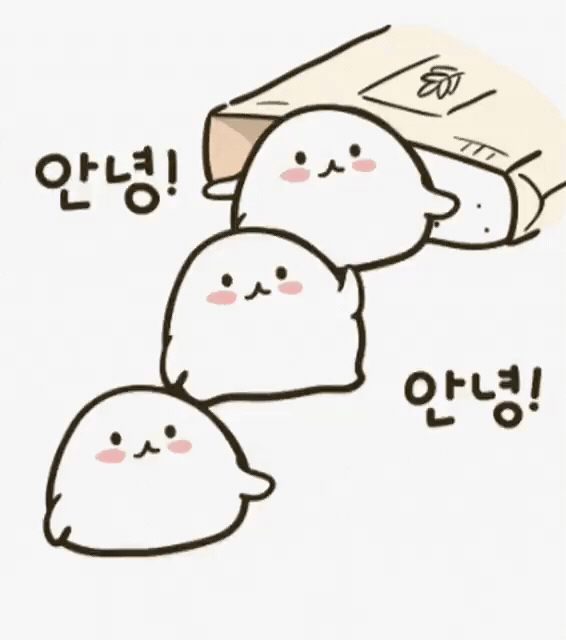
안녕하세요 (an-nyeong-ha-se-yo) is the polite form, or 존대말 (jon-daes-mal). The casual form in Korean is called 반말 (pan-mal). When two friends get closer with one another, you'll often hear them say, "Should we speak in 반말 (pan-mal) together?" or in other words, "Do you want to speak casually together?"
From this point on, both friends will use 안녕 (an-nyeong) with one another, and it will feel distant to go back to 안녕하세요 (an-nyeong-ha-se-yo).
3) 안녕하십니까 (an-nyeong-ha-sib-ni-kka) - Formal
This is the formal version of 'hello' in Korean. It has the feeling of something like, "Greetings" or "Salutations" in English. It's very formal. A lot of Korean beginners use this form of 'hello' thinking they are being extra polite, but really they are being overly-formal!
You can expect to use this expression when you are addressing a formal gathering, or in formal business meetings. In my opinion, if you are a student, or a company worker, you'll never need to use this level of formality. But it is important to understand it when you hear it.
| Expression | English Translation | Speech Level |
|---|---|---|
| Hello | Polite | |
| Hi | Casual | |
| Salutations | Formal |
Now that you've learned the standard ways of how to say 'hello' in Korean, I've listed up many other Korean greetings which will have your new Korean friends saying, "Where did you learn that?!", because you'll sound so natural and native-like.
Super Casual ways to say 'Hello' in Korean
4) 하이 (ha-i) Casual and Cute
하이(ha-i) is literally 'hi' in Korean. You may have noticed that the pronunciation of 하이 (ha-i) sounds like the English word 'hi' but said with a Korean accent.
Korean's will often take English words and use them as if they are Korean words. Using 하이(ha-i) like this is super casual and very cute.
You will only want to use this expression if you're very close to whoever you are talking with. It's also often used in text messaging, which brings us to our next greeting.

5) ㅎㅇ (ha-i) Korean texting acronym
ㅎㅇ (ha-i) has the exact same pronunciation as 하이(ha-i) because ㅎㅇ(ha-i) is an acronym. For example, LOL is short for 'Laugh Out Loud'. Similarly, ㅎㅇ is short for 하이. You can use this while texting with friends who you're very close with.
As you learn more about the Korean language, you'll notice there are tonnes of acronyms in Korean.
6) 야! (ya) So casual that it's rude
This is a rude way to say 'hey' in English. I almost can't imagine 야 (ya) without an exclamation mark because everyone always yells this word.
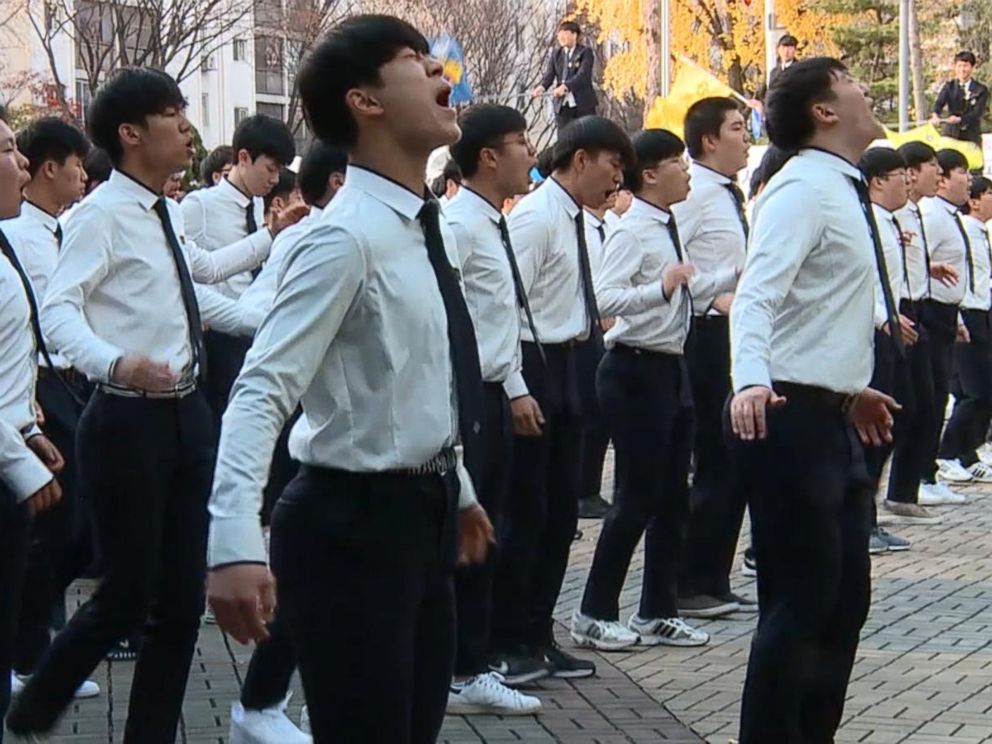
It's rude and slightly childish to use this greeting. Imagine a group of Korean high school boys greeting each other from a distance, and they want to show that they are bad-ass. They would probably choose to use 야! (ya).
In another example, imagine you and your close friend are hanging out. Then your friend grabs your phone out of your hand and tries to read the message you're sending to your crush.
In English you would say, "Hey! Give that back". In Korean you would say "야!"
Do not use this with older people that you do not know. I cannot over state how rude that would be.
| Expression | English Translation | Speech Level |
|---|---|---|
| Hi | Casual | |
| Hi | Texting Acronym | |
| Hey! | Rude |
So far we've learned some short, single word expressions. It's time to step it up with some more advanced greetings.
Other greetings in Korean
In English you probably don't always greet people with 'Hello'. You may say, "what's up?" or "how have you been?". Korean also has a wide variety of greetings. However, if you directly translate English greetings to Korean, you'll sound funny.
Below are some more advanced, Korean greetings said the way Koreans say them. I'll introduce each expression in the polite form because that's the form you'll most likely use first. But you can see the casual and formal forms in the table under each heading.
7) Oh you've come? 왔어요? (wass-eo-yo?)
This greeting literally translates to "You've come?" or "You're here?" It sounds rude to the English ear, but it's totally normal in Korean.
왔어요? (wass-eo-yo?) is the casual form but there is also the polite and formal forms. As a reminder, you can use the casual form with your close friends, the polite form with anyone, and the formal form in, well, formal situations
| Expression | English Translation | Speech Level |
|---|---|---|
| You've come? | Polite | |
| You've come? | Casual | |
| You've come? | Formal |
8) Have you eaten? 밥 먹었어요? (bab meog-eoss-eo-yo)
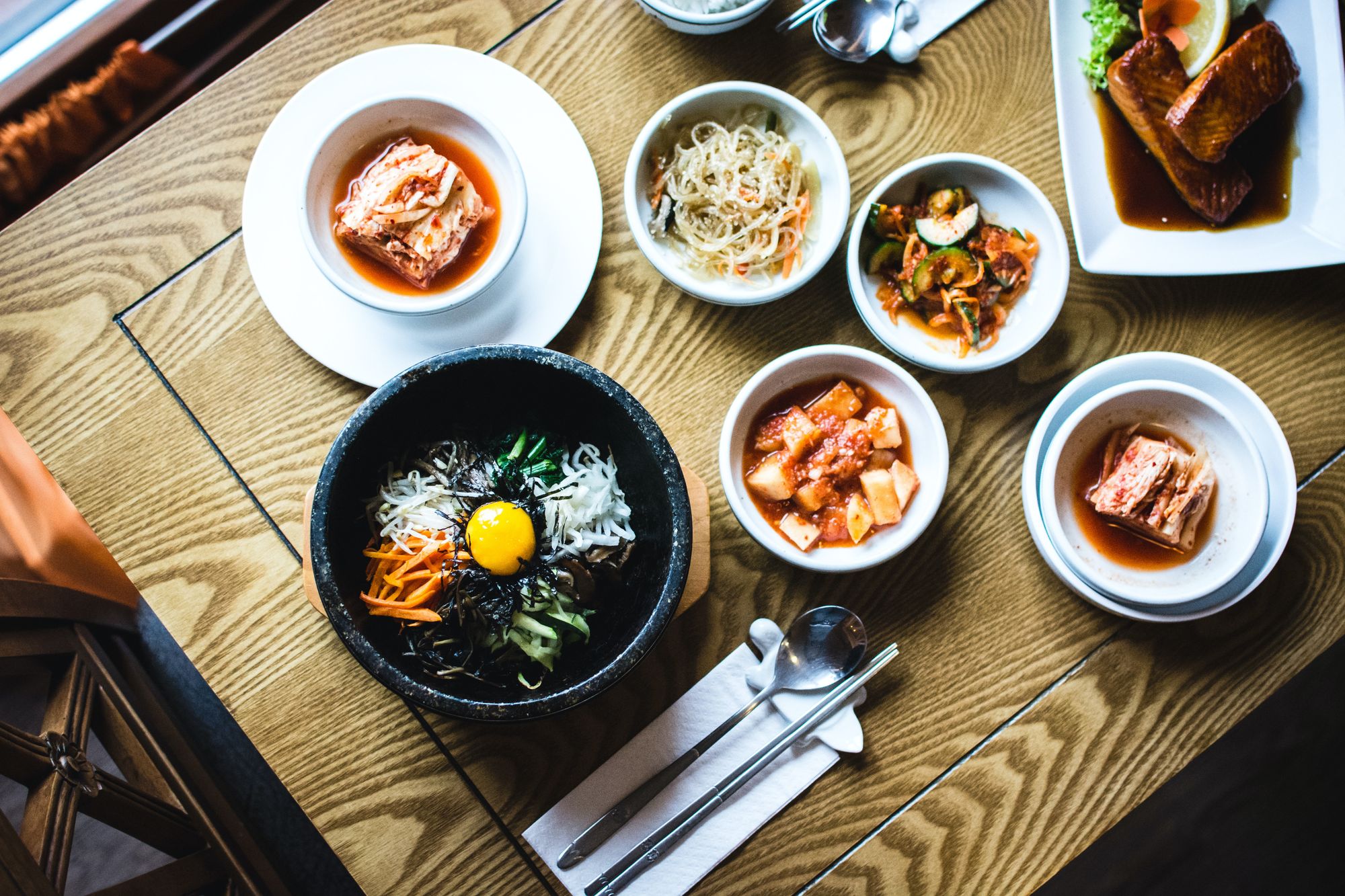
Korean culture is centred on food. Koreans love food. And if you've ever tried it, you probably love Korean food too. This is why this expression, 밥 먹었어요? (bab meog-eoss-eo-yo), is used as a greeting.
Typically it's used when you greet someone after lunch or dinner. It's a term of endearment, that show's you're concerned for that person's well being.
This expression actually has a history from when Korea experienced darker times of famine and starvation. Food was the most important thing on everyone's mind. In this context, it makes sense that you would greet someone with the phrase, "Have you eaten?"
Despite its dark history, this expression is a certain way to impress Koreans. You'll definitely sound very native-like.
| Expression | English Translation | Speech Level |
|---|---|---|
| Have you eaten? | Polite | |
| Have you eaten? | Casual | |
| Have you eaten? | Formal |
9) Did you sleep well? 잘 잤어요? (jal jass-eo-yo)
As you may have guessed, this expression is best used in the morning. You'll want to use 잘 잤어요? (jal jass-eo-yo) with people you already know and are on good terms with.
If you're meeting someone for the first time, and ask them 잘 잤어요? (jal jass-eo-yo?), it would seem strange. Similarly, in English you wouldn't ask a stranger, "did you sleep well?".
The casual version follows the same pattern as the other expressions, 잘 잤어? (jal jass-eo). However the formal version is very different: 안녕히 주무셨어요 (an-nyeong-hi ju-mu-syeoss-eo-yo).
10) 'Hello' when answering the phone 여보세요? (yeo-bo-se-yo?)
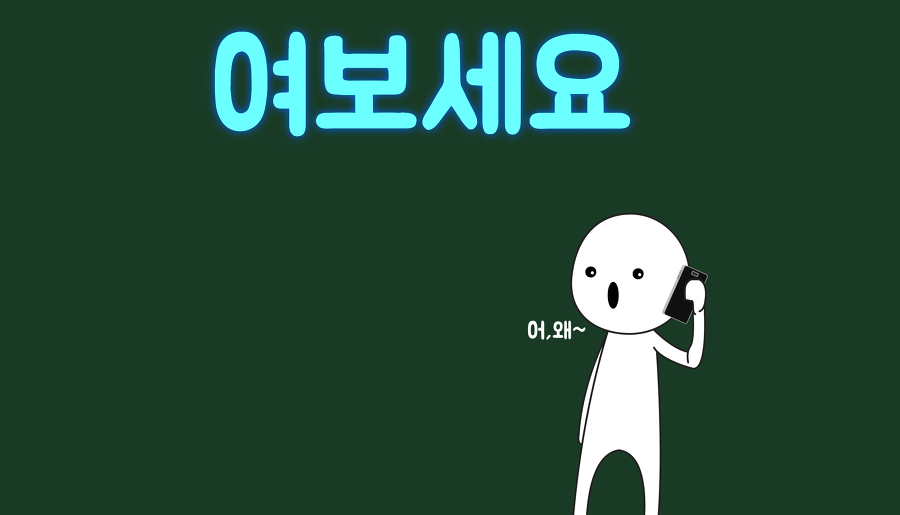
In Korean, there is a different way to say 'hello' on the phone. The person answering the phone says, 여보세요? (yeo-bo-se-yo?). The person calling, doesn't say this expression.
There is no casual or formal form of this expression. This expression is not used anywhere other than answering the phone.
11) This is my first time meeting you 처음 뵙겠습니다 (cheo-eum boeb-gess-seub-ni-da)
This is a super formal expression. It translates directly to English as, "I'm seeing you for the first time". But the feeling of this expression is more like, "It's a pleasure to make your acquaintance".
You'll want to use this expression when you're meeting an older, important person for a formal occasion.
There's no casual or polite speech form for this expression.
12) Long time no see 오랜만이에요 (o-laen-man-i-e-yo)
오랜만이에요 (o-laen-man-i-e-yo) is a rare case where it's almost exactly like the English translation. You can use this expression when you haven't seen someone you know for a long time.
You'll often see Koreans use the English expression 'long time no see' because they can relate to this expression as 오랜만이에요 (o-laen-man-i-e-yo) is so similar.
13) Nice to meet you 만나서 반가워요 (man-na-seo ban-ga-wo-yo)
This is another essential Korean greeting. It's very common to use this expression when first meeting someone. After meeting someone for the first time, it's sounds strange to keep using this expression. This is a one and done phrase.
14) How have you been? 잘 지냈어요? (jal ji-naess-eo-yo?)
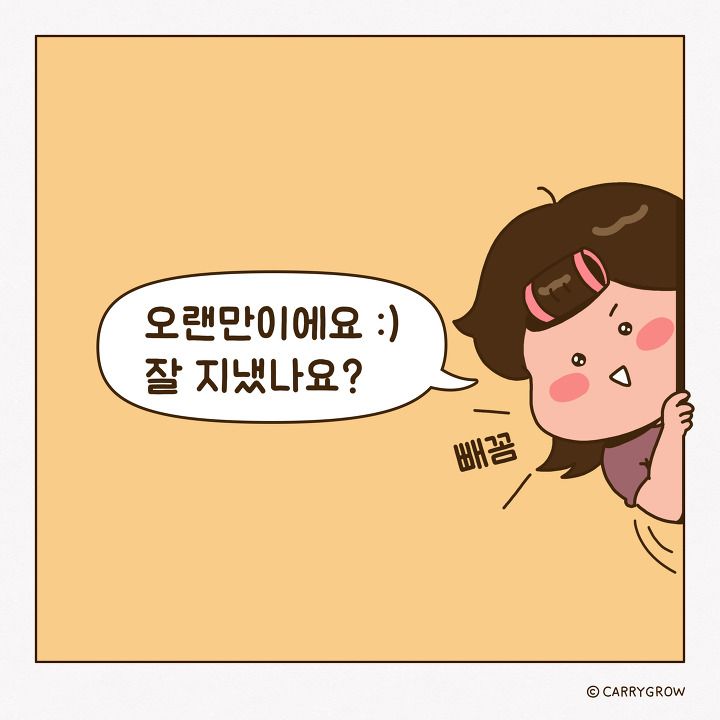
This expression has a very similar English translation, "How have you been?". 잘 지냈어요? (jal ji-naess-eo-yo?) Can be used in all three speech forms: casual, polite and formal.
You'll want to use this expression when you haven't seen the person you're talking with a for a while. If you met someone before lunch, ate seperately, and then met them and asked, "잘 지냈어요? (jal ji-naess-eo-yo?)", it would be weird.
Save this expression for friends that you haven't seen for at least a few days or weeks.
Putting it all together
There you have it. We've covered all the ways to say 'hello' in Korean as well as 14 other Korean greetings.
The trickiest part is to understand and remember the different speech levels: polite, casual and formal. These different speech levels don't end with Korean greetings. They exist in all of the Korean language.
It may look like you have to learn the language 3 times over! But in reality, there are rules and patterns for knowing the different between polite, casual and formal speech levels. And, when in doubt, always use the polite form.
